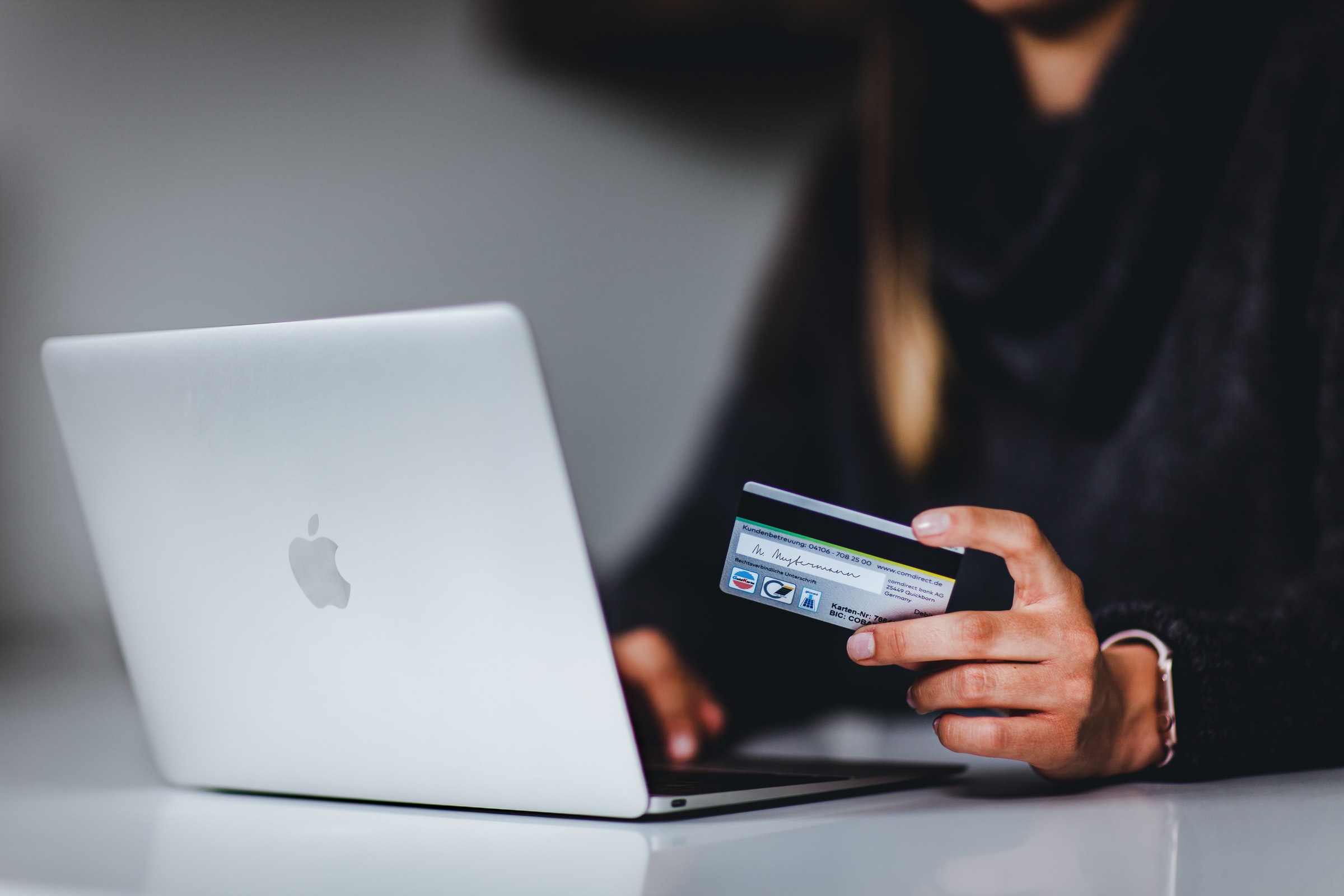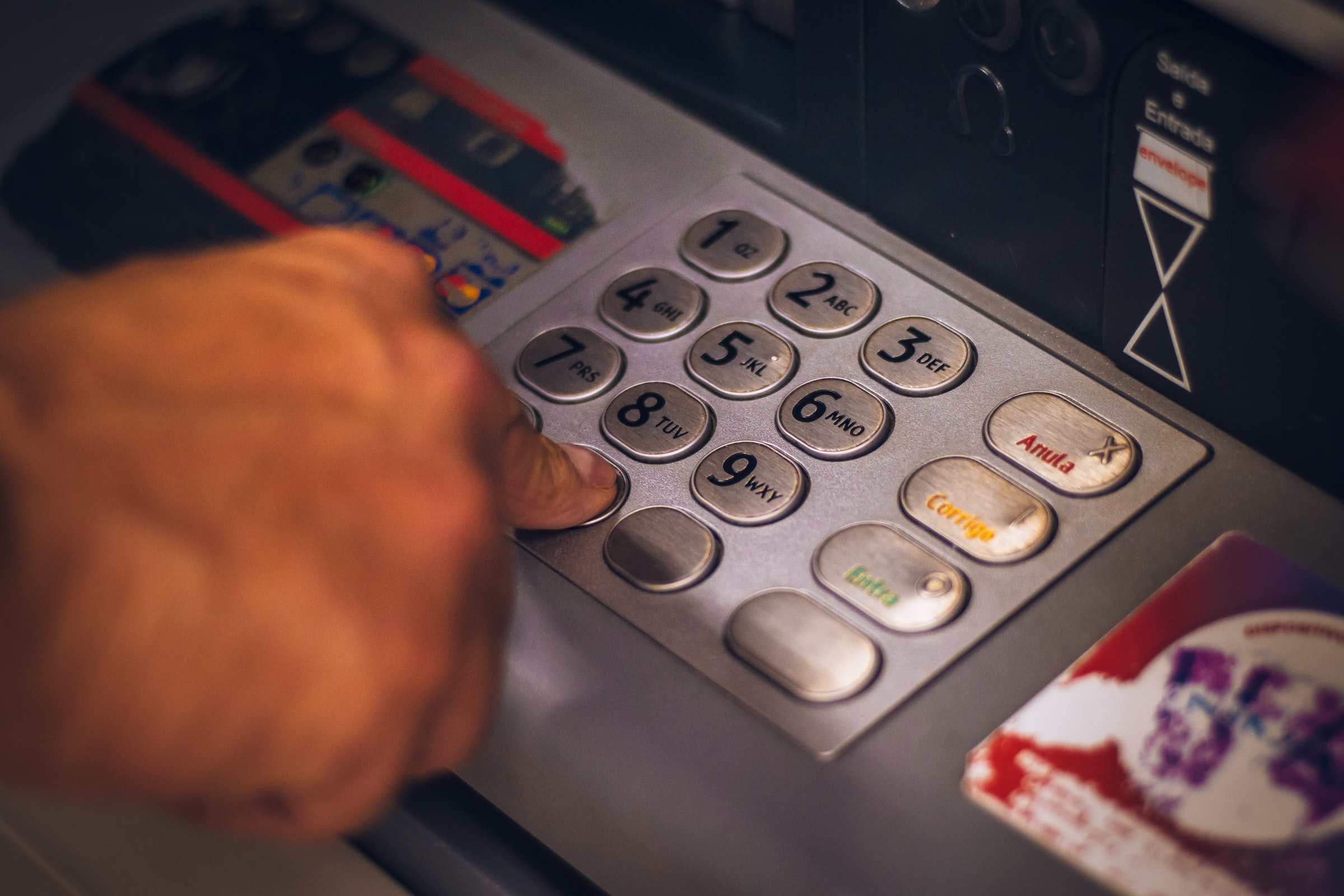
FinTech is an exciting place for Los Angeles app developers to be right now.
Startups have been disrupting everything from stock trading to credit card payments, translating to big wins for smartphone users and financial institutions alike.
Perhaps the best part of the FinTech revolution has been watching how it’s opened up opportunities for lower-income investors and made life easier for consumers accustomed to having no control over their financial life. From Simple Bank’s mobile-first checking to Robinhood’s fee-free stock trading platform, tech has turned traditional banking on its head. It’s certainly been a key interest of ours here at Dogtown Media, where we’ve been lucky to work with a variety of disruptive startups (most notably, winning the Citi Mobile Challenge in 2014).
Within the next five years, analysts anticipate huge changes in the way Americans think about and use tech-driven financial services. Reports from the Federal Reserve show that mobile banking has grown more than 30% year over year since 2013.
In this post we’ll unpack some of the forecasts, look at a few FinTech app developer success stories, and examine the opportunities these trends create for startups.
A Frictionless, Cashless Society

Developers and analysts may disagree about the details of what current tech trends mean for the future of tech, but one trend that can’t be argued with is this: cash has been disappearing from American life for decades, and it’s disappearing at a faster rate than ever.
Cash isn’t just inconvenient — the friction it creates has a measurable effect on the US economy. Studies from Tufts University found that minor inconveniences like collecting, transporting, printing, securing, sorting, and handling cash add up to a staggering $200 billion annually in the US. (More than $600 per citizen.)
…That’s insane. And it’s a huge opportunity for FinTech app developers.
The disappearance of cash was already underway when the tech boom hit thanks to the minor conveniences of checking and credit cards. However, the trend has rapidly accelerated thanks to the ability of smartphone-enabled users to access the “backend” of their financial holdings immediately, without the friction of entering a physical bank.
The idea of money existing as data was hard for people to wrap their heads around before the tech boom. Now, especially for younger millennial consumers, it’s hard to imagine money as anything but data.
With the ability to access a snapshot of where that data stands via mobile devices and mobile apps, why would you carry something as dirty, space-consuming, and easy to lose as paper cash? Modern workers prefer digital payments, ironically, because they leave a more convenient “paper trail.”
It’s very likely that this anti-cash trend will continue in the next five years. Plastic is likely to become less common as well, as mobile users get more accustomed to using their phone to pay for services via Apple Pay and Android Pay. After all, when you’re carrying a phone around anyway, why carry eight credit cards in your other pocket?
The big picture for app developers: less friction between users and purchases means more monetization opportunities, for mobile app developers and “brick and mortar” businesses alike.
David versus Goliath: how startups win against big banks and Wall Street
The average American consumer distrusts the bank, and loves their smartphone. People will gladly wait in line for hours to get the latest iPhone. The latest big bank credit product? Not so much.
This simple preference for young, tech-driven companies is a huge advantage for app developers looking to enter the financial space. Users are excited about financial apps in a way that they aren’t anymore for regular app offerings. Just take a look at the thriving personal finance Reddit community, and you’ll be surprised to see that “app fatigue” doesn’t apply to banking. When there’s money to be saved, smartphone users are more than happy to commit the time to trying and learning new apps, tools, and services. You could be one of those apps.
Let’s look at a few specific examples of currently trending FinTech apps, what specific industry they disrupt, and how they disrupt it.
Robinhood
*What it disrupts*: Individual stock trading
*How it disrupts it*: Removing fees and minimums and creating a minimal, simple mobile interface opened up a huge market of young, less wealthy investors looking to enter the market.
Simple
*What it disrupts*: Mobile banking
*How it disrupts it*: Simple Bank solves one of banking’s biggest problems: endless fees and faceless, cold customer service. By concentrating on checking for young professionals, Simple built a brand that’s trusted by its users — unlike, say, Wells Fargo, who was recently caught actively scamming their customers.
Square

*What it disrupts*: Merchant card payments
*How it disrupts it*: Square was one of the first companies to realize the huge untapped market in small business sales. Making it easier for small payments to run through mobile devices with low percentage-based fees allowed Square to outstrip big payment processors and win the hears of American small business owners.
Big Banks Become Dinosaurs
In many ways, big banks are starting to look like airlines: major losses, consumer trust issues, unscalable old-school architecture, and a heavy dependence on government bailouts.
In the next five years, app developers strongly suspect that big banks will go the exact same route — becoming a “necessary evil” that people avoid at all costs. Unlike flight, however, consumers have alternatives when they need to “fly.” Those alternatives come in the form of FinTech startups.
How to profit in FinTech: Solve a problem, remove friction, or both
Let’s step back and look at the big picture here.
All the examples and trends we’ve looked at have two things in common: solving problems and removing friction.
Banking, alongside healthcare, is one of the most problem-plagued high-friction industries in the US. Problems with finances are far from over for the average American, and anything that makes their life even a little bit easier or more prosperous is worth their time to check out. International transfers, specialty insurance, and tax tracking are just a few examples of “problems” that startups are trying to solve, but still have major room for improvement.
The timing has never been better to create a positive-impact mobile app that helps regular people manage their finances.





